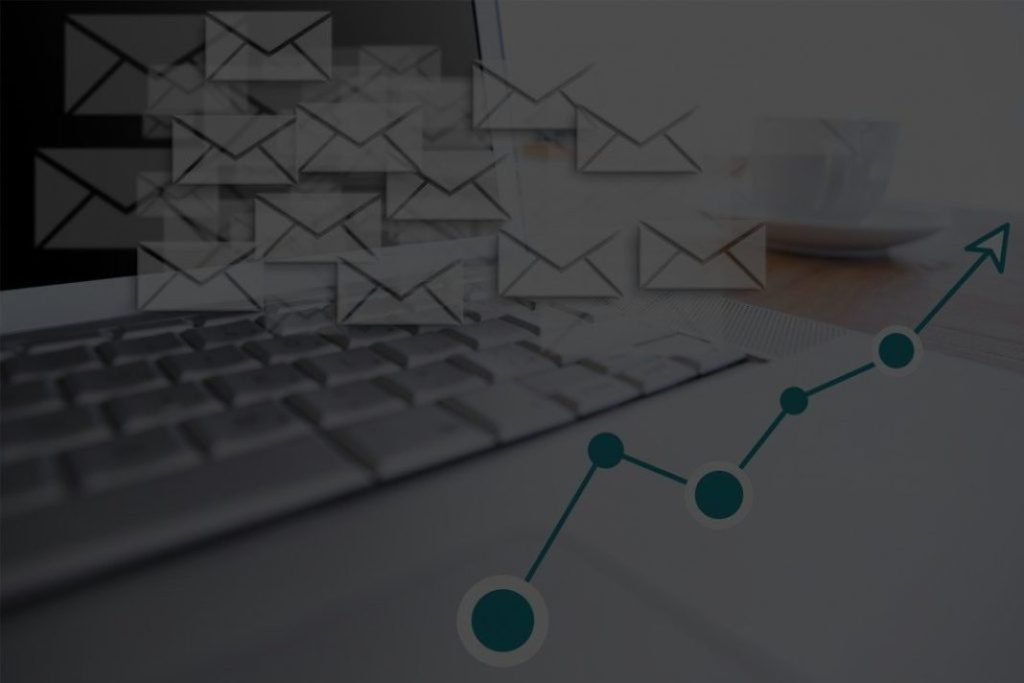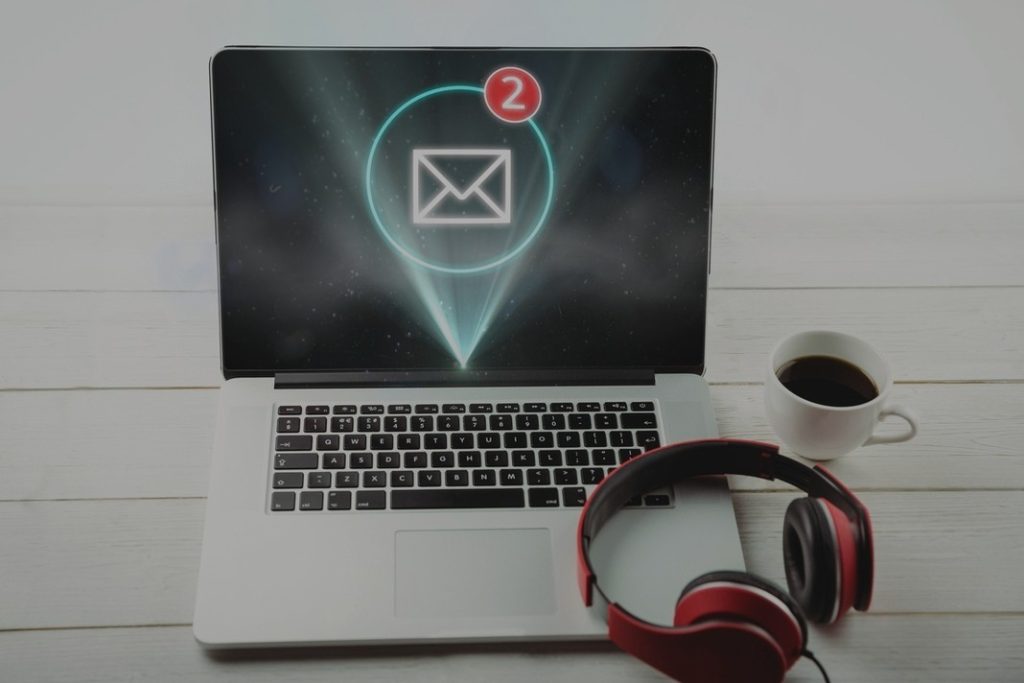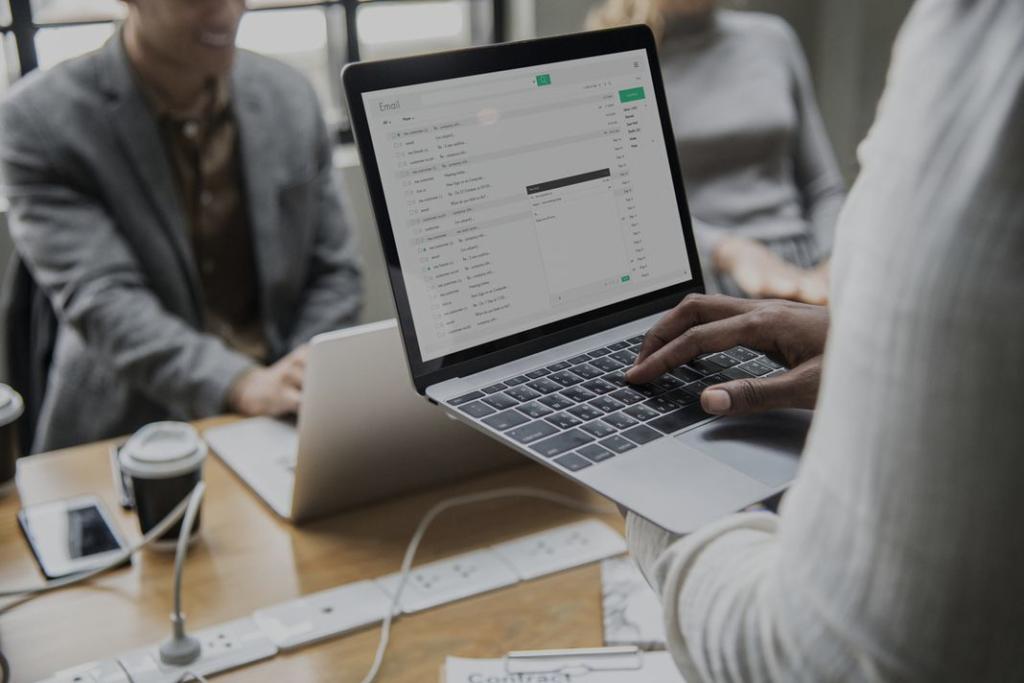The GDPR Era Of Permission Based Email Marketing
The GDPR guidelines need you to collect freely given, specific, informed consent for all business including email marketing campaigns.

The days of yore came with a simple advice for marketers; the more people you add to your list, the more chances of them clicking on your emails and the easier marketing becomes. This strategy will no longer work in this post-GDPR World.
According to the European Union General Data Protection Regulation guidelines, organizations need to collect freely given, specific, informed and unambiguous consent. This brings us to our big question – How do you then collect and store personal data?
As stated in the GDPR website, personal data can be categorized as anything from a name to medical information or a computer IP address. But the most important asset to any marketer has always been the email address.
Every day there are more than 269 billion emails being sent and 53% of these are of a promotional nature. Due to this sizeable volume, emails are of key interest to GDPR regulators. Your company is required to gain legal consent before sending these types of emails.
GDPR may seem daunting at first but on concentrating on certain key areas, email marketers can then ensure their email marketing strategy doesn’t result in any hefty fines and instead prove more successful. Here’s how:
1. Regain consent from existing subscribers by using re-permission campaigns
Under GDPR, it is vital to seek permission from contacts and store records of it. In order to update your existing database, run a campaign that encourages users to re-opt-in to your email list. In case you don’t have explicit proof that your contact has opted-in to receiving communication from you, then you will need to obtain consent from them again. But it is vital that you do not contact those subscribers that have previously opted out.
Honda Motor Europe sent a “would you like to hear from Honda?” email to 289,790 of their subscribers which included individuals who had opted out as well. Asking for consent is also a form of marketing and Honda was in breach of the GDPR regulations. This blunder cost Honda a £13,000 fine!
2. Automated decision-making processes based on subscriber data need to be avoided
Email marketing has been dramatically changed by marketing automation. It is time-saving and lets you regularly communicate with target audiences and nurture your leads until they are ready to make a purchase. But with GDPR in play, marketers need to rethink the manner in which they intend to use marketing automation.
Automated emails cannot be sent to individuals if they have not previously indicated their interest in receiving them which includes nurturing campaigns, onboarding emails, and product training material. Even after successfully opting-in, marketers need to re-think the manner in which they want to segment the contacts as there are limits to doing so, as stipulated in the GDPR regulations.
All marketing automation flows and processes need to be conducted with human support.
3. Subscribers should be given the opportunity to easily opt-out of your marketing campaigns
Under the new GDPR regulation, individuals can reclaim ownership of their personal data and they have the right to be forgotten. This right entitles the individual to demand the data controller to erase their personal data, stop further distribution of their data and halt any potential processing of their data by third parties.
The B2B email marketing template needs to be updated and needs to include an unsubscribe link. This link should be simple and straight-forward for users to opt-out of your email campaigns.
4. New opt-ins and email permissions need to be collected
It is no longer allowed to email contacts based on email addresses collected from forms they filled unless they have explicitly given you the permission to market to them. The ‘subscribe to us’ box cannot be pre-ticked and your communication policy needs to be clearly visible, not hidden in your privacy policy.
Once the web forms are in place with the opt-in for marketing campaigns clearly visible to the prospect, the next step is to record consent in a GDPR-compliant manner. The best way to do so is through a double opt-in – though it isn’t a requirement under GDPR.
When using the double opt-in method, after the prospect has filled in the form with their contact details and has opted-in to receiving information from you, an automated email gets sent to them to confirm their email address. This confirmation then works as a method to record their consent twice when signing up for the marketing communication.
In case you do not want to implement this, the CRM system you use will have a time-stamped digital record of when the prospect signed up which will also suffice.
5. Options can be offered to subscribers to manage the type of communication they want to receive
Marketers are encouraged to give more detailed options to subscribers, whenever possible. This can be done through subscription management centers. The data subject then becomes equipped to actively choose the type of emails they wish to receive. A choice from a wide range of emails, frequency and even medium by which they will receive them should be given to the subscriber, thus empowering them.
As the most preferred marketing channel for B2B companies, email marketing will always prevail. So it is extremely pivotal to get it right and GDPR compliant. Once you have put in place systems like double opt-ins and easy opt-outs, your subscriber list would probably dwindle. But this just means that the subscribers you do have are the ones who have explicitly opted-in and want to open and act on your email campaigns.
This results in better email marketing KPIs, higher response rates and increase in ROI! So embrace GDPR and enjoy better and more profitable marketing campaigns with it.



